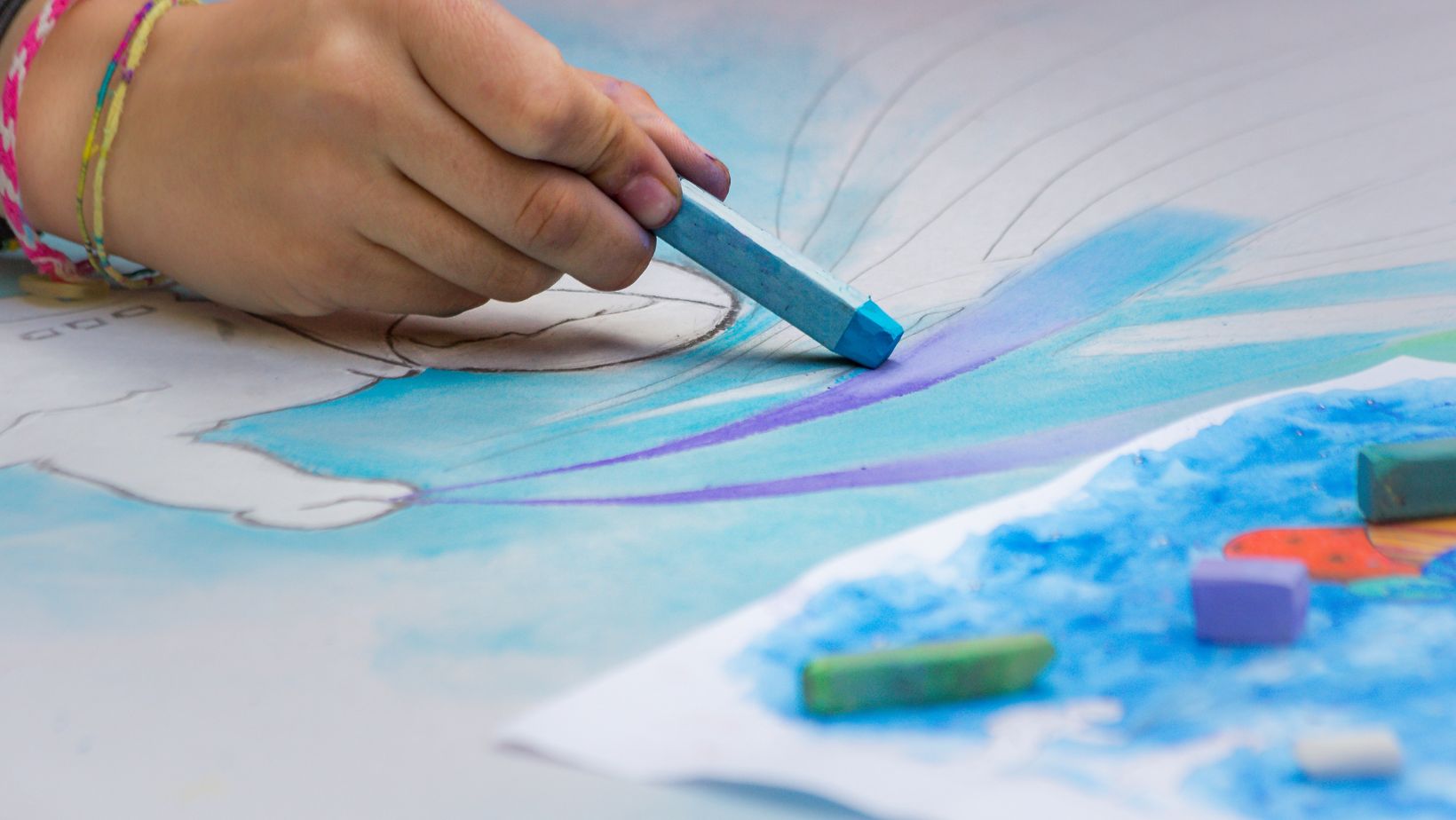Table of Contents
ToggleHow to Rasterize in Illustrator
If you’re looking to rasterize in Illustrator, you’ll be pleased to know several alternatives are available. Rasterizing an image can be useful when you need to convert vector graphics into a pixel-based format. However, exploring different methods and understanding their benefits is essential before deciding.
One alternative method is utilizing the “Export for Screens” feature in Illustrator. This powerful tool allows you to export your artwork as rasterized images in various formats, such as JPEG or PNG. You can control the output quality according to your needs by selecting specific options like resolution and color mode.
Another option worth considering is using the Image Trace feature in Illustrator. Image Trace converts raster images into editable vector graphics with just a few clicks. This means you can maintain scalability and editability while avoiding the need for traditional rasterization.
Now that we understand the basic difference between rasterization and vectorization, let’s take a closer look at some advantages and disadvantages of each approach:
- Rasterizing:
- Advantages:
- Allows for more detailed and textured images.
- Suitable for high-resolution prints.
- Supports realistic effects like shading, gradients, and filters.
- Disadvantages:
- This can result in larger file sizes.
- Limited scalability without loss of quality.
- It is not ideal for designs requiring precise edits or modifications.
- Disadvantages:
- Advantages:
- Vectorizing:
- Advantages:
- Offers infinite scalability without loss of quality.
- Enables easy editing of individual elements within the graphic.
- Well-suited for logos, icons, and illustrations requiring flexibility.
- Disadvantages:
- It may lack the intricate details achievable through rasterization.
- Complex textures or effects may require additional workarounds.
- Disadvantages:
- Advantages:
Understanding Rasterization in Illustrator
Rasterization is an essential process in Adobe Illustrator that converts vector graphics into raster images. It plays a crucial role when exporting or printing your artwork, as most output devices and file formats work with raster images. In this section, we’ll dive deeper into the concept of rasterization and explore its significance in Illustrator.
Creating a vector-based design in Illustrator consists of mathematical equations that define shapes, lines, and colors. These elements are resolution-independent, meaning they can be scaled up or down without losing quality. However, when it comes to displaying or printing your artwork on physical media or digital screens, it needs to be converted into pixels.
The rasterization process involves breaking down each object within your artwork into individual pixels based on size and position. This conversion accurately represents details such as gradients, textures, and effects that cannot be rendered using vector graphics alone. By converting vectors to pixels through rasterization, you ensure your design’s fidelity and visual integrity across different mediums.

The Benefits of Rasterizing
When working with graphics and images in Illustrator, rasterizing can offer a range of benefits that can enhance your design process. In this section, we’ll explore some of the advantages of rasterizing and why it’s worth considering as a technique. So, let’s dive in!
- Simplified Editing
- Enhanced Special Effects
- Improved Performance
- Seamless Integration with Other Software
- Printing Flexibility
By exploring these alternatives to rasterizing in Illustrator, you can expand your creative possibilities and achieve desired results without compromising quality or flexibility. Rasterizing and vectorizing are two essential processes in Adobe Illustrator that serve different purposes.
Understanding their differences can help you make informed decisions when working with your artwork.






